Women's Beauty Standards Throughout History influenced by society, culture, fashion, politics, and more. Each period has its own "ideal" beauty, from ancient civilizations who praised larger figures, to modern eras which emphasized small waists, fair complexions or bold makeup. These standards show how power, media and changing lifestyles have always influenced beauty. Understanding the journey of modern beauty helps us understand how it came about and why the concept continues to change across generations.
10 Influential Women Who Shaped Beauty Standards
Beauty Standards at 25,000 BCE
Look at the Venus of Willendorf, the much idealized Old Stone Age standard of beauty from the Paleolithic period. In reality, this is what an attractive lady would have looked like in this era, even though she may not be what we imagine when we think of an "idealized" woman.

The artist's goal was to create a sculpture that emphasized the most sexually appealing parts of a woman's anatomy—large breasts, thighs, stomach, and pronounced genitals—rather than to create a meaningful portrait of a real person, as evidenced by the fact that her face is completely absent and that her arms are small and unpronounced.
Similar sculptures depicting fertility have been discovered in excavation sites worldwide, many of which date from this era.
Read also: The Best 5 Casual Dinner Outfits For Women's
1550 BCE Beauty Standards
In many aspects, men and women in ancient Egypt were viewed as equals, but not when it came to physical attractiveness. Women's complexions were supposed to be more of a light golden tan, while men were supposed to have reddish-brown skin tones.

It was expected of men to have broad, angular shoulders, while women should have softer, more rounded figures. A protruding belly and a full, slightly drooping butt were not something to be embarrassed of—in fact, they were highly appreciated!
300 BCE Beauty Standards
Is there a more perfect representation of the ideal Greek lady than Aphrodite, the goddess of beauty? Is she pictured with enormous breasts and a six-pack? Naturally, no. The depiction of Aphrodite, the embodiment of physical perfection, shows her squatting with noticeable stomach rolls. I don't know about you, but I think stomach rolls are delicious if the goddess of beauty approves of them.
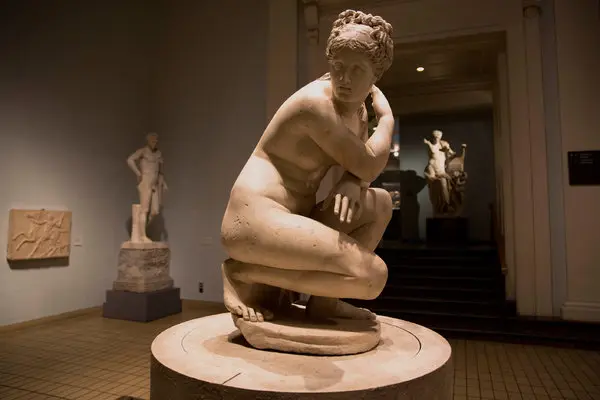
The ideal lady in ancient Greece was chubby, with tiny breasts and wide hips. Greek culture placed a high value on beauty, and many women were prepared to put their health at risk in order to achieve ideal physical appearance. On occasion, women would apply deadly cosmetics made of white lead to their skin.
Because redheads and blondes were viewed as particularly attractive, women occasionally used vinegar to bleach their hair, which frequently resulted in hair loss. Small lips and a big nose were the most desirable facial traits.
800 AD Beauty Standards
Sometimes, Vikings are portrayed as vicious barbarians who only committed murder, rape, and pillage, giving them a poor reputation. They were, however, considerably more civilized than most people realize when you contrast their manner of life with the cultural standards of the rest of the Western world at the time.

In contrast to other European towns and nations, women in Scandinavia enjoyed a multitude of rights, including the ability to own land, file for divorce, and accompany men on raids. And the Vikings appreciated personal hygiene much more than the majority of the population did.
Viking women took great delight in keeping their long, lustrous hair and washed it as often as once a week, in contrast to the majority of Europeans of the time, who rarely took a shower at all.
Since most cultures at the period saw dark skin as a sign of poverty or inadequate hygiene, women's dazzling white arms may have contributed to their obsession with appearing as clean as possible.
1400 Beauty Standards
Large foreheads were regarded as an indication of exceptional beauty during the Renaissance, and despite the popularity of blonde hair, ladies would frequently thin their eyebrows and pull back their hairlines to accentuate their foreheads.

Pear-shaped ladies were seen as the most beautiful; they flattened their chests with tightly-fitting corsets, but they were proud of their curvaceous hips and thighs.
1790 Standards of Beauty
During the Georgian era, Queen Louise of Prussia—see above—was regarded by many as the most beautiful woman in Europe. "Proportion" was the standard for beauty throughout the 1700s and early 1800s.

A typically beautiful lady had a long neck, full breasts, and a tapered waist. She was not too tall nor too short, nor "too thin" nor "too chubby." Similar to classical Greece, a round face with a modest double chin was deemed extremely lovely, as were a large nose and thin lips.
Read also: Fashion Designer Dress to Impress: The Art of Finding the Perfect Outfit
1880 Beauty Standards
Men in the Victorian era were drawn to women who embodied the archetype of the "damsel in distress"—that is, ladies who depended on powerful men to keep them safe.

Women were therefore supposed to be delicate, feminine, and often even sickly. Women in the 1880s wanted to have a s-shaped figure, so in addition to wearing tight corsets that raised the breasts and emphasized the waist, they also wore gowns with layers upon layers of ruffles that created the appearance of a bigger, more prominent buttock.
Women's terribly tight corsets made it difficult for them to breathe, which led to frequent fainting episodes. This helped to maintain the stereotype that attractive women were inherently fragile.
The fact that relatively few women wore makeup—and those who did often simply applied rouge and eyeliner—also added to the attractively emaciated and sickly appearance that was desired.
1920s Beauty Standards
During the 1920s, androgeny was very popular, in contrast to the Victorian era's expectation of femininity for women. Women were eschewing corsets for the first time in centuries because they were too constrictive for the active lifestyle of this new wave of rebellious, wild women. Women sought to maintain a thin body and wore loose, shapeless gowns that concealed and minimized any natural curves. Curves were out of style.
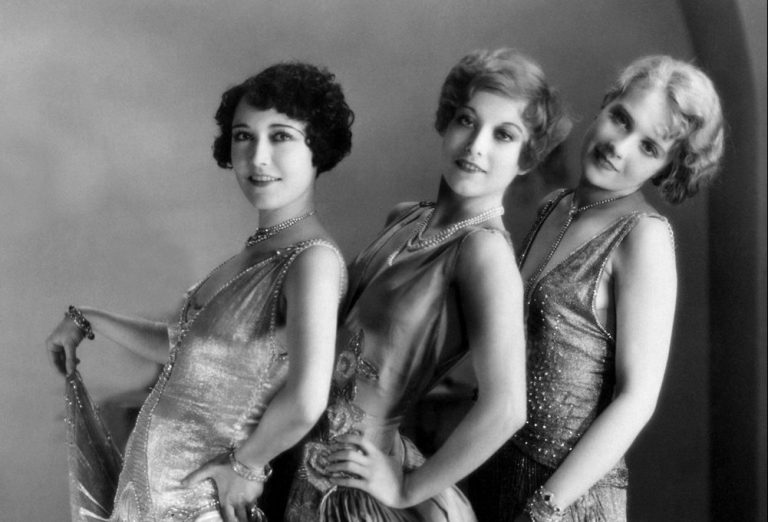
A few "radical" women started dressed in pants; many of them were imprisoned for "cross-dressing." Another act of defiance by women was to start cutting their hair short, which shocked and offended older generations of men and women alike. Remember that many people believed that women were the lesser sex and could never be viewed as equals to men, even after they had recently gained the ability to vote.
The prevailing beauty standards of the time were greatly impacted by this underlying social pressure on women to demonstrate that they were equally capable and clever as men, frequently by downplaying the characteristics that made them stereotypically feminine.
1950s Beauty Standards
By the 1950s, the world had drastically transformed. Women in the 1940s had to deal with the effects of World War Two and the Great Depression on the economy; women in the 1940s had to make do with what little they had.

Women started altering men's suits to convert them into dresses (which gave rise to the now-famous pattern of wearing padded shoulders) and would use eyebrow pencils to draw "seams" up the backs of their legs to make it look like they were wearing nylons due to rationing. The economy grew for the first time in decades in the 1950s.
The beauty industry exploded, offering affordable cosmetics and stylish outfits to women across all social classes. The availability of these items, among other things, led to the assumption in society that women should always look their best and "keep up appearances." Voluminous hairstyles and bold crimson lipstick on full lips were the new vogue.
The hourglass form became the most ideal shape as women started gaining a little more weight (because food was no longer rationed, as it had been for the preceding ten years), which led to the resurgence of corsets. Contrary to popular belief, women who were plus-sized were not the ideal of the time—at least, not in the sense that we define plus-sized today.
In addition to wanting small waists and slender arms and legs, women also desired round hips and bountiful breasts. By today's standards, the ideal woman of the 1950s was still quite slender.
1960s Beauty Standards
Breaking down boundaries and giving women the confidence to control their lives was the hallmark of the 1960s. The saying "flaunt it if you got it" became more and more popular with women. Slacks, shorter skirts, and even see-through blouses were worn by women more frequently.

In the 1960s, strawberry blonde hair was fashionable, particularly on Hollywood stars like Brigitte Bardot. During this time, push-up bras were also very in. This encouraged women to enlarge their breasts till they resembled those of famous people.
Women will do anything to get the gorgeous golden hair, just like Marilyn Monroe. After bleaching their hair several times until it was sufficiently brilliant, they used pink shampoo to preserve the color.
1970s Beauty Standards
Throughout the 1970s, hippie culture was quite popular and impacted how many women saw themselves as beautiful. Many women started wearing their hair naturally, doing away with the need for color or bleach.
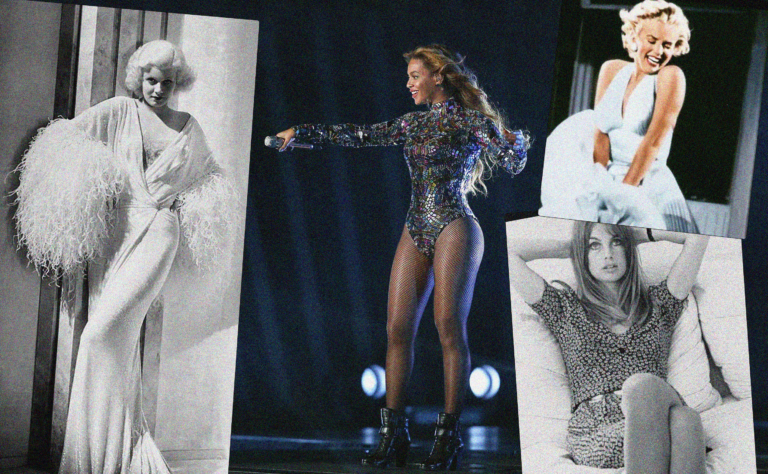
Women also felt more at ease wearing clothing that was not meant for them at this time, and body image was also less significant. During the feminist movement, men's pants gained popularity, and some started wearing makeup like lipstick and body glitter.
1980s Beauty Standards
In the 1980s, there was a lot of business and luxury. Following the latest fashion trends was critical; women got breast implants to get bigger breasts. The fact that more than a thousand movies on cosmetic surgery have been made since the 1980s shows how significant this subject was to women.

Big hair, tight jeans, brilliant colors, and broad shoulders dominated the 1980s fashion scene. Well-known artists, such as Madonna, contributed to the improvement of this image. Women could wear anything they wanted to in the 1980s, even stilettos and crop tops.
In order to stay up to date with trends, women would also dye their hair crazy hues like hot pink, blue, or green. Women's attire in those years was all about showing off as much as possible.
1990s Beauty Standards
In the 1990s, the concept of beauty underwent a significant transformation. The focus shifted from achieving an imagined state of perfection to individuality and self-assurance. For the first time, ladies were seen to be wearing a lot of jewelry, piercings, and tattoos. For the first time, bald women became fashionable.

The "waif" look gained popularity in large part because of the influence of extremely thin models such as Kate Moss. The 1990s saw women start dressing more like men. They wore ties, pantsuits, and other attire fit for a man.
2000s Beauty Standards
The 2000s are especially fascinating since they mix the two images from the 1990s. Women began focusing on how they may use their bodies to express themselves rather than striving for thinness or flaunting their physical attributes.

In the 2000s, people were drawn to celebrities, and many started getting cosmetic surgery to look like them. With the ascent to financial and sexual success of female superstars, the era of monster refers began.
Read also: The 10 Types of Ear Piercings
The Here and Now
Women's standards of beauty are changing all the time these days. If a woman is inspired by a celebrity, like Rihanna or Angelina Jolie, she can wear whatever she wants, dye her hair any color, and have multiple tattoos.Women are free to accept their own bodies; the "ideal" body form no longer exists. Modifying one's appearance to conform to beauty standards is no longer encouraged for women.
Many people believe that there isn't enough emphasis on women's appearance in today's media; yet, this doesn't mean that the industry has stopped pushing women to resemble particular celebrities. While it's wonderful that the media no longer constantly scrutinizes women's bodies, society still pressures women to have a certain appearance.
One ideal of beauty gives way to another as soon as it is eradicated. There will always be new beauty standards that women are pressured to meet, regardless of how far they have come in their empowerment. In fact, women are encouraged to follow the "standard," but they shouldn't feel bound by it. This is how Western society has dealt with the problem.
FAQ's: Women's Beauty Standards Throughout History
Who has the highest beauty standards?
South Korea takes top place for having established one of the global standards of beauty. Without a doubt, the most popular beauty necessities for looking presentable nowadays are Korean skincare products.
Who suffers more from beauty standards?
Though research suggests that men are somewhat less affected than women, all sexes, boys and girls, may share body image risk factors and the negative effects of having a negative body image (Hargreaves & Tiggemann 2006).
Which gender is more insecure?
Research has indicated that teenage girls are more likely than boys to have low self-esteem and to have unfavorable opinions about their intelligence and physical attributes. These results could help to explain why eating disorders, depression, and suicide attempts are far more common among girls.
Which gender body is more attractive?
According to multiple studies, the most desirable female body type in Western societies is characterized by a low waist-to-hip ratio (WHR) of roughly 0.70 and a body mass index (BMI) of roughly 18–19 kg/m2 [34, 35]. In contrast, the most desirable male body type for women is characterized by high muscle mass and a higher BMI.
Which gender falls in love more easily?
Most people will undoubtedly blame the fairer sex if you ask them who they believe falls in love more quickly and easily—men or women. However, a study that polled 172 college students discovered that men declared their love for one another earlier and fell in love more quickly than women did.

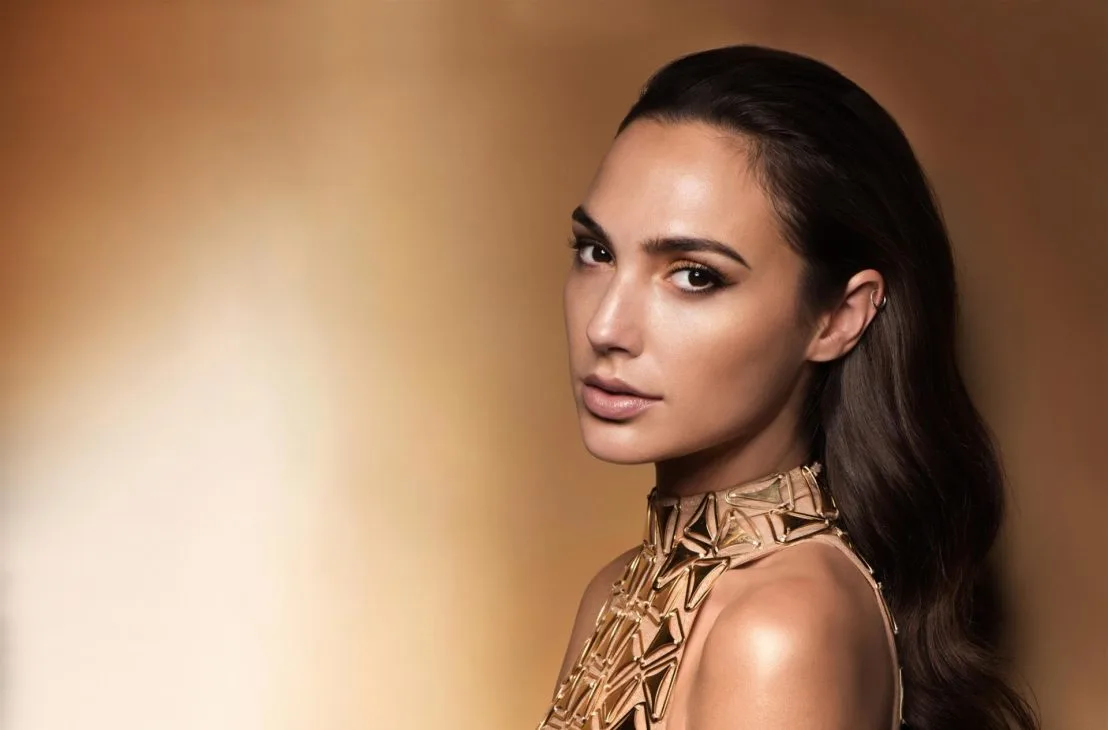

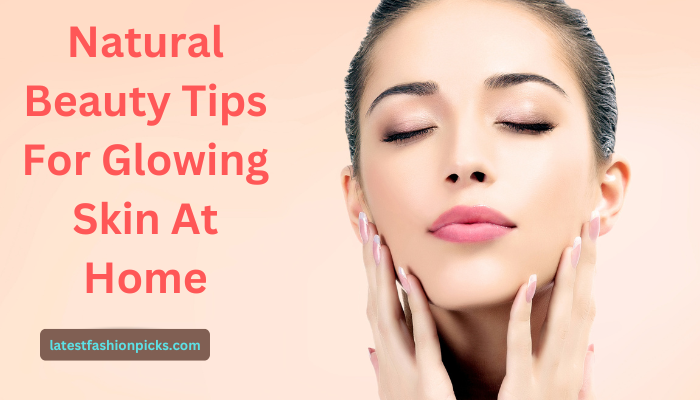



.webp)